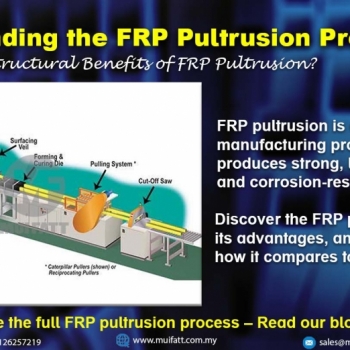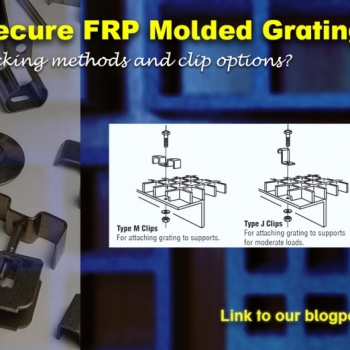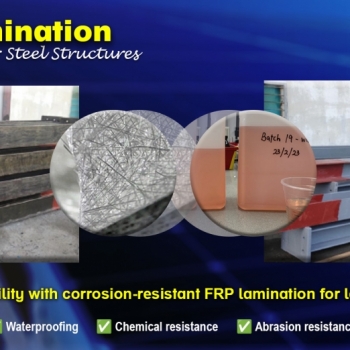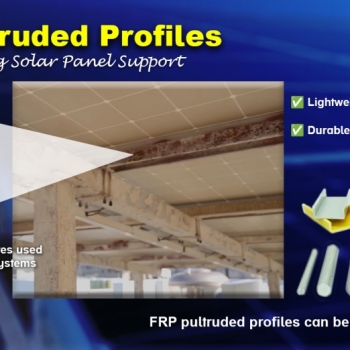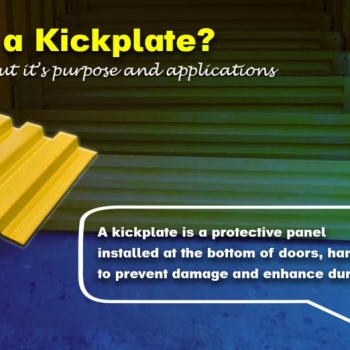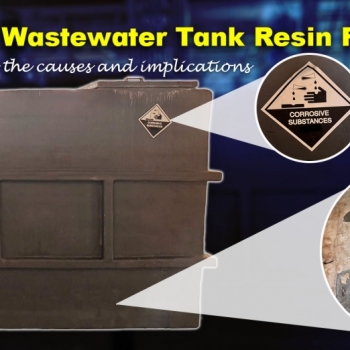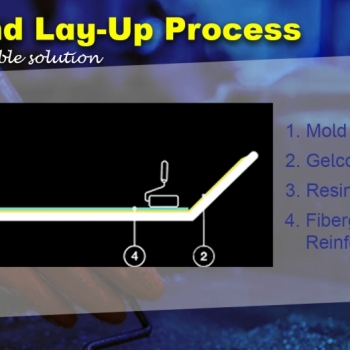FRP pultrusion is a continuous manufacturing process that produces strong, lightweight, and corrosion-resistant profiles. This article explains how the process works, its advantages, and how it compares to other FRP fabrication techniques, helping you choose the right material for your project.
The Ultimate Guide to FRP Composite Level Indicators
25 Jun 2024
Enhance Your Water Tank with an Outstanding FRP Level Indicator for Optimal Performance
Enhance Your Water Tank with an Outstanding FRP Level Indicator for Optimal Performance
- Upgrade Your Water Tank with the Exceptional FRP Composite Level Indicator
- Understanding Water Level Indicators
- Types of Water Level Indicators
- Introduction to FRP Composite Level Indicators
- Why Upgrade to FRP?
- Key Features and Benefits
- The Pultrusion Process and Its Advantages
- Comparison with Traditional Steel and Aluminum Indicators
- Installation Guide for FRP Level Indicators
- Importance of Water Level Indicators
- Real-World Applications and Testimonials
- Conclusion: The Future of Water Tank Level Indicators
- Frequently Asked Questions
- What is an FRP composite level indicator?
- How Do Float Types Water Level Indicators Work?
- How does the FRP level indicator compare to steel and aluminum models?
- What are the benefits of using an FRP level indicator?
- How easy is it to install the FRP level indicator?
- Is the FRP level indicator weather-proof?
- Can the FRP level indicator be customized?
- What maintenance is required for an FRP level indicator?
- What is the pultrusion process?
- Are there any real-world examples of the FRP level indicator in use?
Upgrade Your Water Tank with the Exceptional FRP Composite Level Indicator
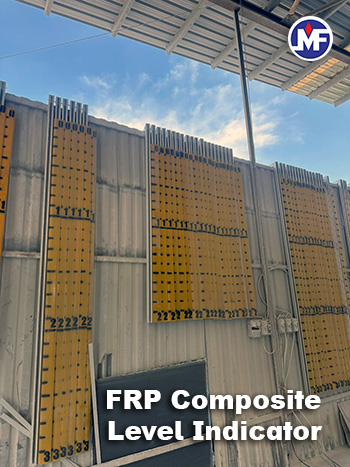 Water tanks are essential in various industries and households, serving as critical components for water storage and management. Ensuring accurate water level measurement is vital for optimal functionality and maintenance. This is where the FRP composite level indicator from Mui Fatt Marketing comes into play.
Water tanks are essential in various industries and households, serving as critical components for water storage and management. Ensuring accurate water level measurement is vital for optimal functionality and maintenance. This is where the FRP composite level indicator from Mui Fatt Marketing comes into play.
Water level indicators can be used in Hotels, Pools, Factories, fire protection systems in buildings and more.
Understanding Water Level Indicators
Water level indicators are very useful for checking the amount of water in a tank without needing to open it. They use sensors to detect the water level and display it, preventing unexpected water shortages, especially in areas with limited water supply.
Types of Water Level Indicators
Water level indicators come in various types to help us keep track of water levels in tanks or reservoirs. One common type is the float switch, which relies on a float moving with the water level to activate a switch, an alarm, or a pump. Another type is the ultrasonic sensor, which uses sound waves to gauge the distance to the water surface. It's crucial to select the appropriate water level indicator based on your specific requirements due to each type having its own set of benefits and uses.
Introduction to FRP Composite Level Indicators
Fiberglass Reinforced Plastics (FRP) level indicators are innovative tools designed to provide superior performance compared to traditional steel or aluminum models. With advancements in materials and manufacturing processes, FRP level indicators offer numerous advantages that make them the ideal choice for modern water tanks.
The FRP composite level indicator from Mui Fatt is a float switch water level indicator. This type of indicator operates by utilizing a floating device that moves along with the water level, activating a switch to show if the water level is high or low.
Why Upgrade to FRP?
The decision to upgrade your water tank's level indicator to an FRP composite model has several benefits. FRP materials are known for their exceptional strength, corrosion resistance, and durability. Unlike steel or aluminum, which can rust and degrade over time, FRP maintains its integrity even in harsh environments.
Key Features and Benefits
Lightweight Design
One of the standout features of the FRP composite level indicator is its lightweight nature. This significantly reduces overall system weight, making it easier to handle and install. Despite being lightweight, FRP does not compromise on strength, ensuring reliable performance.
Easy Installation
The FRP level indicator is designed for straightforward installation. With clear instructions and minimal components, you can set it up quickly and start using it right away. This ease of installation reduces downtime and ensures seamless integration into your existing system.
Low Maintenance
Thanks to its excellent corrosion resistance, the FRP level indicator requires minimal maintenance. Unlike metal indicators that need regular checks and treatments to prevent rust, the FRP model remains unaffected by water and environmental factors, saving you time and effort in upkeep.
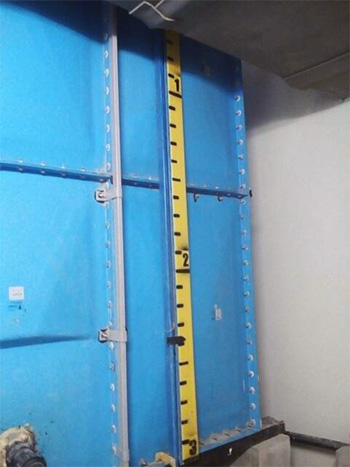 Weather-Proof
Weather-Proof
Whether your water tank is located indoors or outdoors, the FRP level indicator is built to withstand various weather conditions. Its robust construction ensures consistent performance, regardless of temperature fluctuations, humidity, or exposure to the elements.
Customizable Lengths
Every water tank setup is unique, and the FRP level indicator accommodates this by offering customizable lengths. You can choose the size that best fits your tank, ensuring accurate measurements and optimal functionality.
Durability and High Strength
FRP is renowned for its durability and high strength. The level indicator can endure significant stress and impact without breaking or deforming. This long-lasting nature makes it a cost-effective investment for your water tank management system.
The Pultrusion Process and Its Advantages
The manufacturing process behind the FRP level indicator is a key factor in its superior performance. The pole is created using the advanced pultrusion process, which involves pulling fibers through a resin bath and then through a heated die to form a strong, consistent profile. This results in a lightweight yet robust product that excels in durability and strength.
Comparison with Traditional Steel and Aluminum Indicators
When compared to traditional steel and aluminum level indicators, the FRP composite model stands out in several areas. Steel and aluminum are prone to rust and corrosion, especially in wet environments. FRP, on the other hand, remains unaffected by water and chemicals, ensuring a longer lifespan and reduced maintenance.
Installation Guide for FRP Level Indicators
Installing the FRP composite level indicator is a simple process. Here is a step-by-step guide to help you:
-
Preparation: Gather all necessary tools and materials.
-
Positioning: Determine the optimal position for the level indicator on your tank.
-
Mounting: Secure the indicator using the provided brackets and hardware.
-
Calibration: Adjust the indicator to ensure accurate readings.
-
Testing: Fill the tank and test the indicator to confirm proper functionality.
Importance of Water Level Indicators
Water level indicators play a vital role in helping us monitor the water levels in our tanks or reservoirs. They are essential for ensuring that we always have an adequate supply of water when needed, thus preventing any unexpected shortages. By utilizing water level indicators, we can effectively plan and guarantee that our water needs are consistently met. It's akin to having a small assistant that alerts us when the water level indicator indicates it's time to refill the tank!
Real-World Applications and Testimonials
The FRP composite level indicator has been successfully implemented in various industries and applications. Here are a few testimonials from satisfied customers:
-
John D., Industrial Plant Manager: "Upgrading to the FRP level indicator has revolutionized our water management system. It's reliable, easy to install, and requires virtually no maintenance."
-
Sarah K., Homeowner: "We replaced our old aluminum indicator with the FRP model, and the difference is night and day. No more rust, and it works flawlessly in all weather conditions."
Conclusion: The Future of Water Tank Level Indicators
The FRP composite level indicator represents a significant advancement in water tank management technology. With its numerous benefits and superior performance, it is the ideal choice for anyone looking to upgrade their water tank system. Embrace the future of water tank level indicators with Mui Fatt Marketing's innovative FRP composite solution. Contact us today! WhatsApp or email – sales@muifatt.com.my
Frequently Asked Questions
What is an FRP composite level indicator?
An FRP composite level indicator is a tool made from Fiberglass Reinforced Plastics, designed to measure water levels in tanks with superior durability and corrosion resistance.
How Do Float Types Water Level Indicators Work?
Float types water level indicators use a float that moves up and down with the water level, triggering a switch to indicate whether the water level is high or low.
How does the FRP level indicator compare to steel and aluminum models?
The FRP level indicator is more durable, corrosion-resistant, and lightweight compared to traditional steel or aluminum models.
What are the benefits of using an FRP level indicator?
Benefits include lightweight design, easy installation, low maintenance, weather-proof performance, customizable lengths, and high durability.
How easy is it to install the FRP level indicator?
Installation is straightforward and can be completed quickly with minimal tools and effort.
Is the FRP level indicator weather-proof?
Yes, it is built to withstand various weather conditions, ensuring consistent performance.
Can the FRP level indicator be customized?
Yes, it is available in various lengths to meet specific requirements.
What maintenance is required for an FRP level indicator?
Minimal maintenance is needed due to its excellent corrosion resistance.
What is the pultrusion process?
The pultrusion process involves pulling fibers through a resin bath and then through a heated die to form a strong, consistent profile, resulting in a lightweight yet robust product.
Are there any real-world examples of the FRP level indicator in use?
Yes, many industries and homeowners have successfully implemented the FRP level indicator, with positive feedback on its performance and durability.
Disclaimer:-
The information provided on this website is for general informational purposes only and does not constitute legal advice. While we strive to ensure the accuracy and reliability of the information provided, we make no representations or warranties of any kind, express or implied, about the completeness, accuracy, reliability, suitability, or availability concerning the information contained herein. Any reliance you place on such information is therefore strictly at your own risk. This website may contain links to other third-party websites. Such links are only for the convenience of the reader, user, or browser; which we do not warrant, recommend, endorse, or assume liability for the contents of the third-party sites.
Keep in touch with us should you be keen on receiving timely updates from us
- Website - https://www.muifatt.com.my/home/
- Facebook - https://www.facebook.com/muifattmarketing
- Instagram - https://www.instagram.com/muifattmarketing/
- Google - https://goo.gl/maps/WxVY13gNcaRTS7Jp6
- Youtube - http://www.youtube.com/@MuiFattMarketing
- TikTok - https://www.tiktok.com/@muifattmarketing
- LinkedIn - https://www.linkedin.com/company/mui-fatt-marketing-sdn-bhd-
- Linktree - https://linktr.ee/muifattmarketing
- Shopee - https://www.shopee.com.my/muifattmarketing
- Lazada - https://www.lazada.com.my/shop/mui-fatt-marketing
Recent Blog
The Ultimate Guide to Locking Mechanisms for FRP Molded Grating
Understanding the right locking method for FRP molded grating is crucial for safety and durability. Learn about M clips, J clips, C clips, and disk plates, along with installation recommendations to ensure a secure and stable grating system.
Enhancing Solar Panel Fixing Structures with FRP Lamination: A Corrosion Barrier Solution
An expert look at how FRP lamination acts as a corrosion barrier for solar panel fixing structures, offering advanced protection and sustainability benefits.
Steel Fixing Structures in Solar Panel Installations: Corrosion Challenges and Alternative Materials
An in-depth look at the corrosion challenges faced by steel solar panel fixing structures and alternative materials that offer enhanced durability and sustainability.
The Essential Guide to Kickplates: Safety, Style & Compliance
Learn why kickplates matter for safety, style, and compliance. Discover how they improve accessibility and meet building code requirements.
The Costly Mistake of Using Unsuitable Resin for FRP Tanks
Explore the risks of unsuitable resins for FRP wastewater tanks, including a real-life example of NaOH corrosion. Learn how to avoid costly failures.
Mastering the FRP Hand Lay-Up Process: Methods, Benefits, Sustainability
Discover the FRP hand lay-up manufacturing process, its importance, differences from other methods, and how it aligns with your custom project needs.
Transform DIY Projects with FRP Pultruded Profiles
Explore the versatility of FRP pultruded profiles and how they can elevate your DIY landscaping projects. Get inspired by Mui Fatt's successful applications and learn how to create custom solutions for small- to larger-scale projects.
